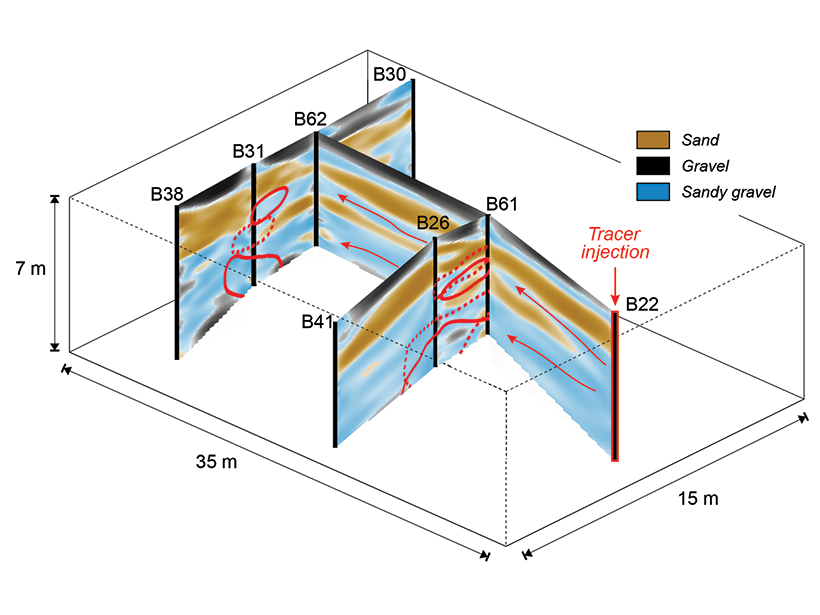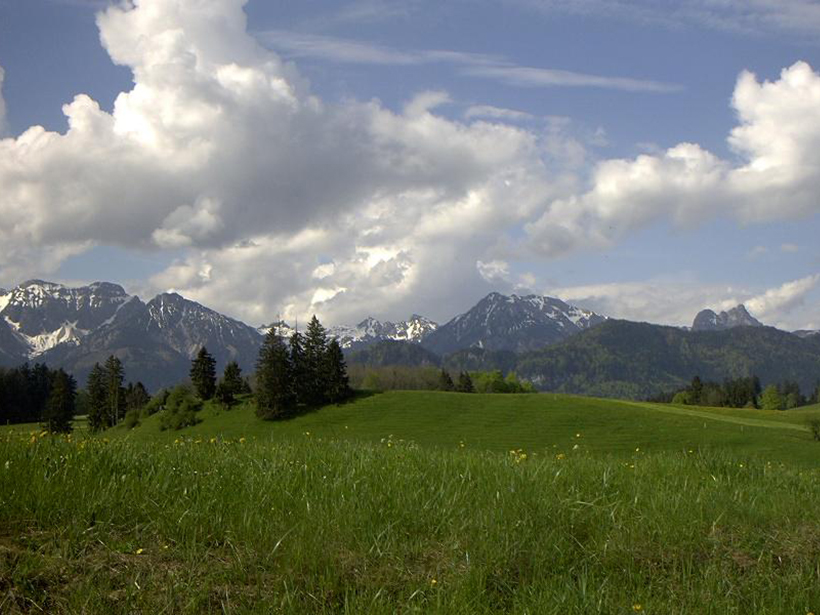As thunderstorm updrafts strengthen, electrification of clouds can heat the lower ionosphere, explaining prolonged disturbances to radio waves in the rarefied atmospheric layer.
Germany
Posted inResearch Spotlights
New Ground-Penetrating Radar Method Shows Promise in Aquifer
Recent advances in ground-penetrating radar data analysis could help reveal aquifer structure in unprecedented detail.
Posted inResearch Spotlights
Characterizing the Faults Beneath Germany
A team of researchers has described how the faults within the German Alpine Molasse Basin initially developed.
Posted inScience Updates
Exploring Natural Hazard Policies with Bike Helmets and Bus Fares
A close look at everyday decisions—whether or not to wear a bike helmet or cheat on bus fare—helps students learn about assessing natural hazards, mitigating risks, and setting political priorities.




